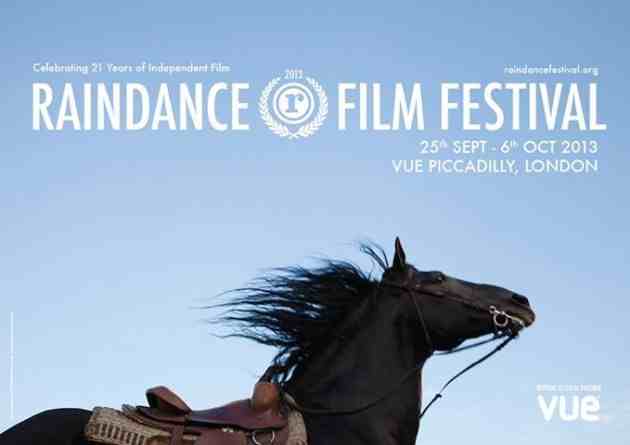 Jay Alvarez’ debut feature is being heralded as a genuine first; the first film to be composed entirely of phone calls between characters. With a micro budget obtained via crowdsourcing and Craigslist sales, the filmmakers collaborated with a group of friends, family and first time actors in the Portland area where filming took place. In line with its niche, contemporary framing device the film was shot on an Iphone. It centres primarily on Jake (Will Hand), a young neurotic tempted to the big city by his old friend Sean (Alvarez), a wannabe poet. Sean’s life is far from comfortable and wholesome; he lives in a squalid flat and earns his money by conning naive Internet shoppers. When Jake arrives to find Sean missing and uncontactable he struggles to fit in to the cities bleak, nocturnal landscape as the lengthy phone conversations in each scene detail strained relationships with distant friends, former lovers and forgotten family.
Jay Alvarez’ debut feature is being heralded as a genuine first; the first film to be composed entirely of phone calls between characters. With a micro budget obtained via crowdsourcing and Craigslist sales, the filmmakers collaborated with a group of friends, family and first time actors in the Portland area where filming took place. In line with its niche, contemporary framing device the film was shot on an Iphone. It centres primarily on Jake (Will Hand), a young neurotic tempted to the big city by his old friend Sean (Alvarez), a wannabe poet. Sean’s life is far from comfortable and wholesome; he lives in a squalid flat and earns his money by conning naive Internet shoppers. When Jake arrives to find Sean missing and uncontactable he struggles to fit in to the cities bleak, nocturnal landscape as the lengthy phone conversations in each scene detail strained relationships with distant friends, former lovers and forgotten family.
On first impressions, I Play With The Phrase Each Other sounds like its central premise would be an obstacle to connecting with it. There is the danger of being too distant to engage or the incredibly lo-fi shooting style proving too amateurish. Thankfully on a filmmaking level every penny of the fund raising has paid off. Filmed in a stark monochrome against a backdrop of recession stricken America, the film relentlessly probes the nights and urban decay of the characters environment. I was reminded of In Search Of A Midnight Kiss and, to a lesser extent, Clerks in its visual style. Production value and cinematography are terrific and show off the filmmakers skills with such limited resources. Along with the Web Fest also taking place at Raindance this year, its films like this which really show off the advancing availability of resources and technology to today’s independent filmmakers.
Alvarez claims that the films unique structure is ‘ an announcement of youngness’ and that it would ‘scream our modern nausea’. It’s a bold claim that does initially strike very effectively. There’s a swift flow to the opening passages of the film as we are introduced to the key players and the framing device of phone calls creates a sense of distortion and isolation that feels frighteningly contemporary. An early shot boosts a central character’s bookshelf comprised of Hemingway, Thompson and Heller. There’s no disguising the scripts incredibly literary background; the dialogue is at once profane and witty with a fine line of pathos running throughout. Where things do begin to falter somewhat is in the meandering manner of the conversations themselves. Alvarez throws such a large group of characters into the mix that it starts to become difficult to keep track of who is who and more worryingly, who to care about. Characters discuss everything from employment to sexuality, media and the economy yet only a small amount of it sticks. Characters are introduced then dropped completely just as they are starting to become engaging or memorable. The cast of unknowns and first time actors do an extremely impressive job with the material that does work and lingers in the mind. One notable example is hustler Jamario, played with a volatile mix of humour and intimidation by ‘Big Dogg’, an acquaintance of the director. Its a piece of casting that rings with utter authenticity. Another is an unnamed retail manager portrayed by Robert Thrush, featuring in a running series of deadpan vignettes before a climactic and lengthy voice message plays out across a tight close up. Its a beautiful yet uncomfortable scene that really gets to the heart of the notion of disconnect via modern communication. The film is desperately crying out for other scenes of this immediacy and tenderness.
All in all I Play With The Phrase Each Other is an eye catching debut and certainly bodes well for Jay Alvarez. Although ultimately it may be a film that is easier to admire than to love.







